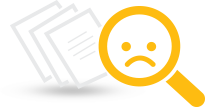All Matches
Solution Library
Expert Answer
Textbooks

Search Textbook questions, tutors and Books
Oops, something went wrong!
Change your search query and then try again
